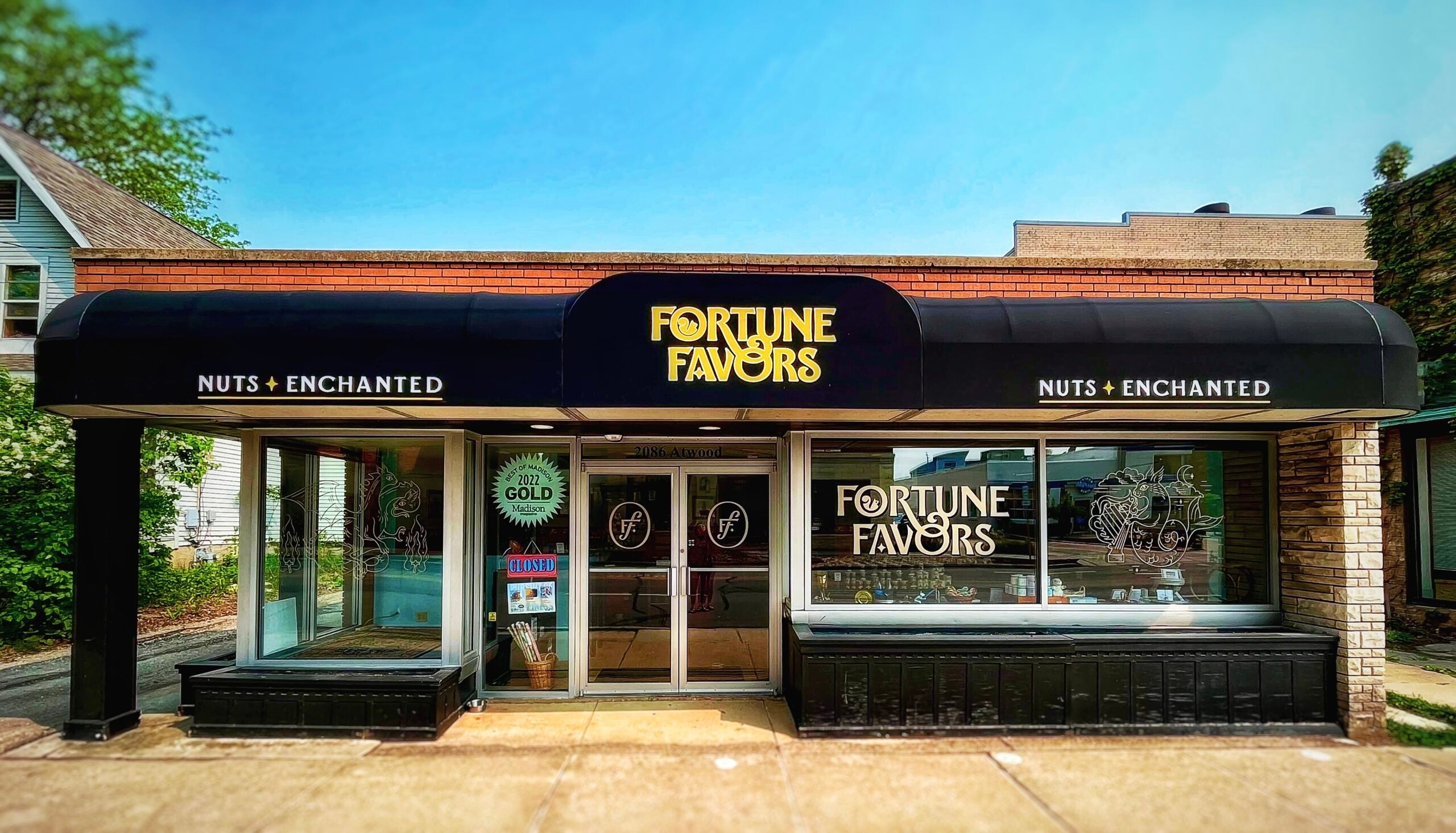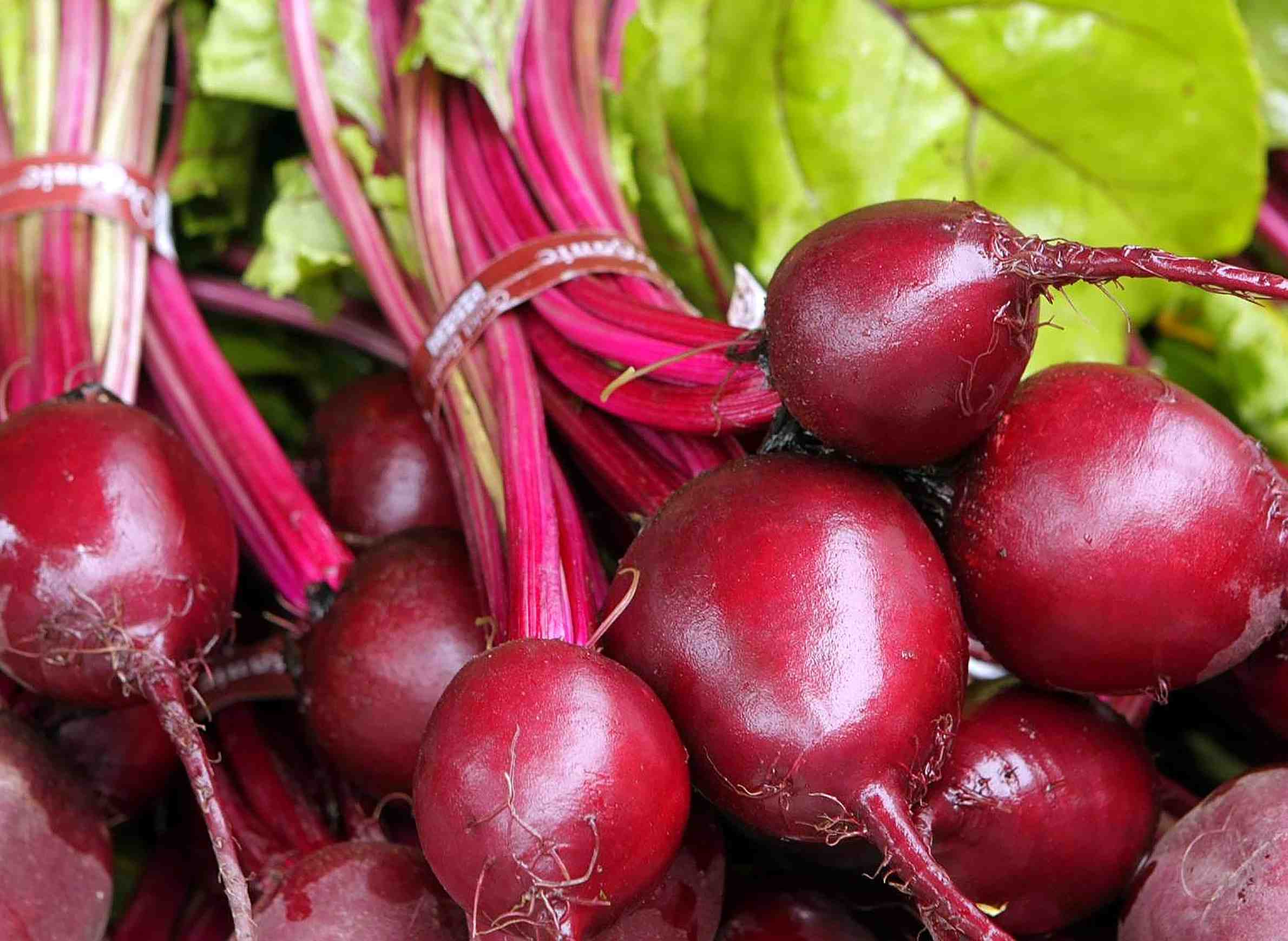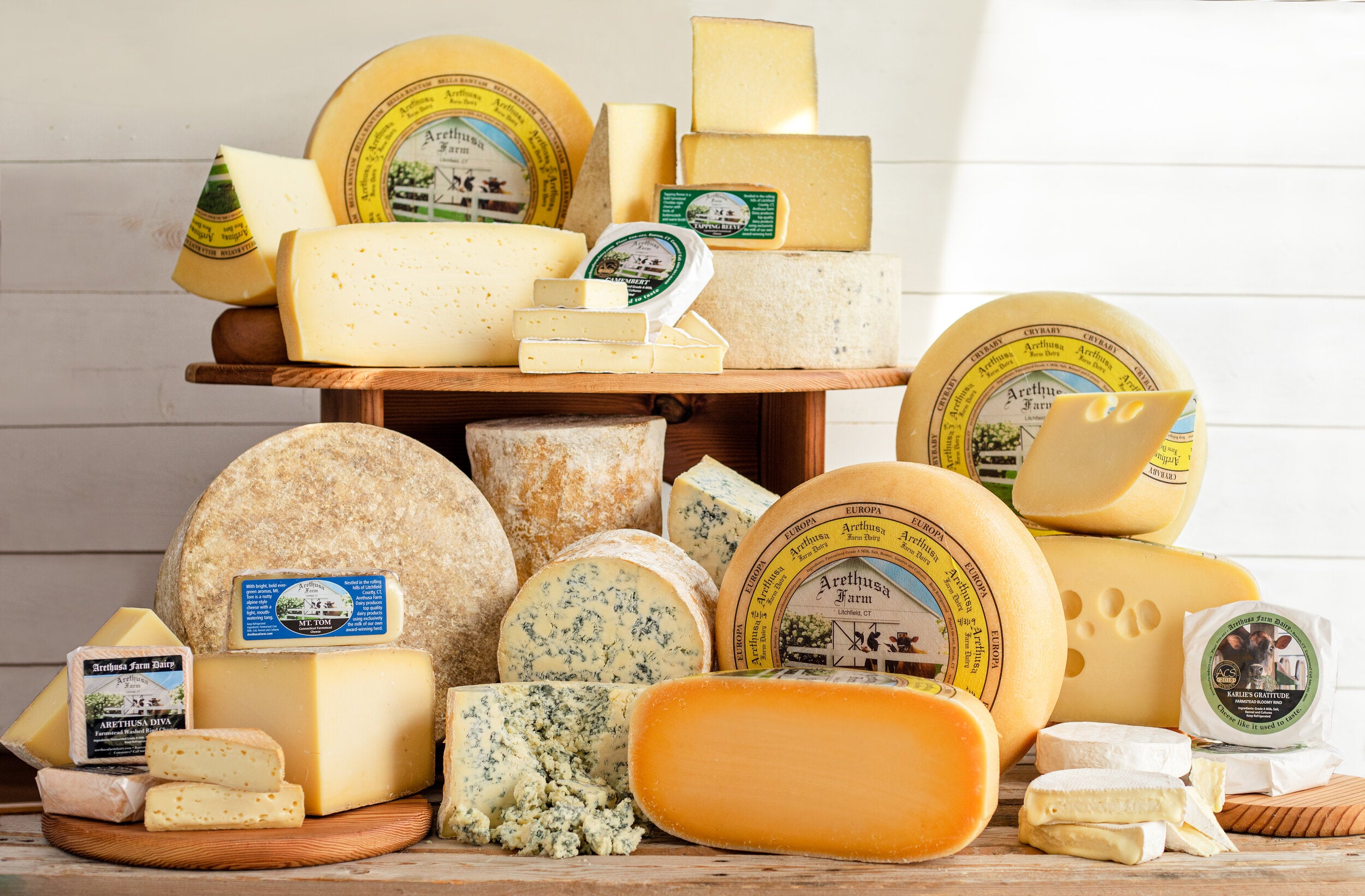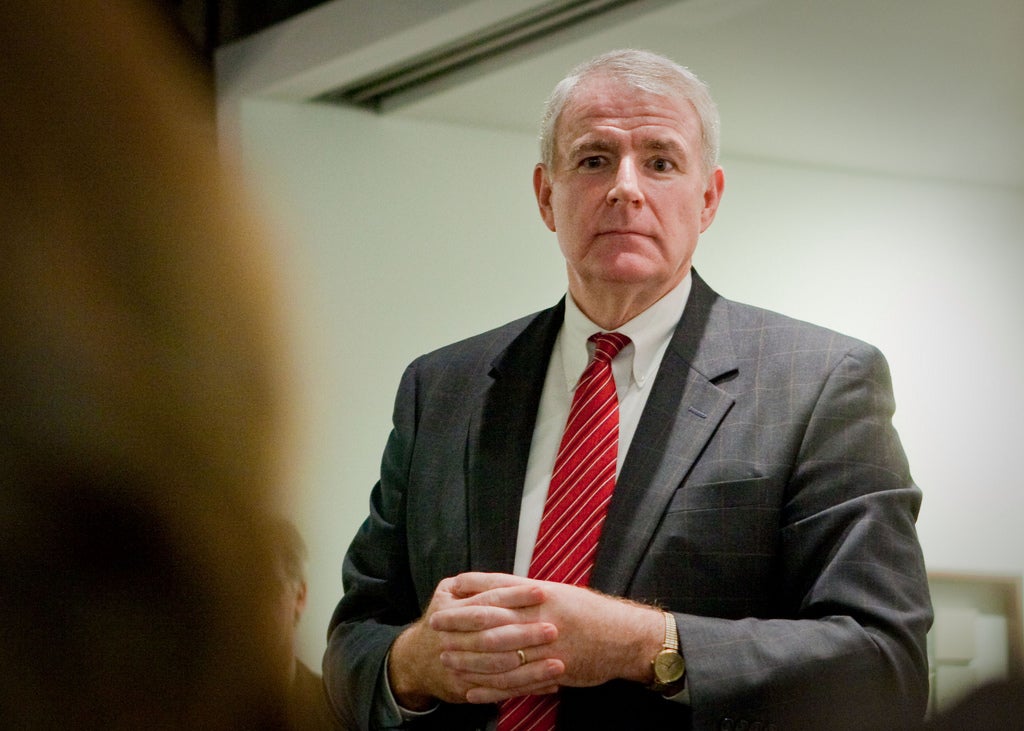A world-leading producer of commercial sauerkraut has moved its headquarters to Madison and expanded its operation in northeastern Wisconsin.
Fermented Food Holdings Inc., or FFH, recently moved its corporate offices from Miami, Florida to Madison. FFH is also investing $13 million to expand the sauerkraut-making plant the company bought in Bear Creek in 2022, according to the Wisconsin Economic Development Corporation.
That will enable the company to process an additional 20 million pounds of cabbage annually — a 20 percent increase of locally grown cabbage.
News with a little more humanity
WPR’s “Wisconsin Today” newsletter keeps you connected to the state you love without feeling overwhelmed. No paywall. No agenda. No corporate filter.
Not surprised that sauerkraut production is increasing in Wisconsin is Julia Skinner, an Atlanta-based food writer and author of the book “Our Fermented Lives: A History of How Fermented Foods Have Shaped Cultures and Communities.”
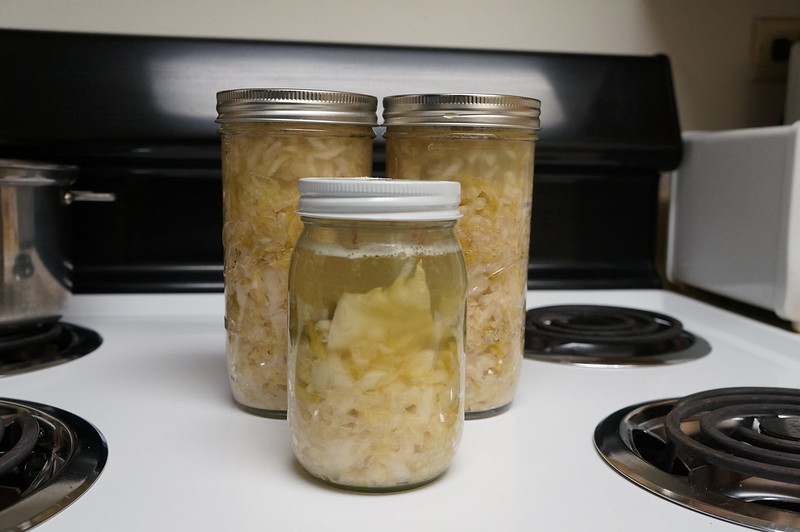
“There is a lot of sauerkraut in the Midwest, and there has been for over a century. So it seems like the perfect place for it,” Skinner told Larry Meiller on WPR’s “The Larry Meiller Show.”
Skinner, who admitted putting sauerkraut “on just about everything,” traced the historic path of sauerkraut and outlined its healthful properties.
The following interview has been edited for clarity and brevity.
Larry Meiller: How were you introduced to sauerkraut?
Julia Skinner: I lived in Iowa for years. Probably 20 to 25 years ago, I had a garden at my apartment in Iowa, and I planted cabbages. When all those cabbages were ready at the same time, I was like, what do I do? One of my friends who had grown up on a farm, she said, “That’s when you make sauerkraut.” She taught me how, and here we are.
LM: What are the origins of sauerkraut?
JS: We usually associate sauerkraut with Germany and Eastern Europe. But it’s actually thought to be from China and was brought over during the Mongolian invasion of Europe in the 1200s. And people in Eastern Europe started making it. As you know, people from Germany and Eastern Europe spread around the world, and they brought sauerkraut with them.
A lot of people brought fermented food on ships to keep people healthy, give them those different nutrients. Fresh fruits and vegetables aren’t going to last for very long. Whereas, if you have a barrel of sauerkraut, it’ll keep until you eat it.
LM: Europeans did change the way that sauerkraut is made, did they not?
JS: They sure did. Originally, it’s believed that sauerkraut was pickled in rice wine vinegar. That’s more of an ingredient in Chinese cuisine. So what probably happened is that people in Eastern Europe started making it in brine, which is just saltwater, and letting it ferment. They got the same result, the same sourness.
The great thing about sauerkraut is the sky’s the limit. We tend to think of it as just cabbage, but you can add other shredded vegetables. It really is very versatile.
LM: Fermenting and pickling are two ways to preserve foods. What’s the difference?
JS: Pickling is a quick version of creating the same sort of preservation environment in your food as you make with fermentation. With lactofermentation, which creates sauerkraut, you use brine, pack your vegetables in it, and then beneficial lactic acid bacteria. The bacteria goes to work eating the starches out and create a more acidic environment.
Quick pickling is just that brine — again, salt water along with vinegar. And so it mimics fermentation, but without the wait.
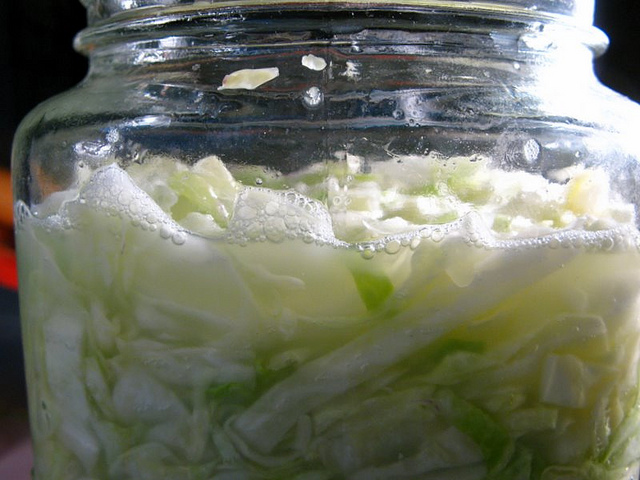
LM: how healthy is traditionally fermented sauerkraut?
JS: Oh, it’s very healthy. The more we learn about traditional fermenting, the more we learn how good it is for our bodies. Sauerkraut is a good example of a food that’s prebiotic. It has good dietary fiber and probiotics all at once.
Other people have recently been doing research on what are called postbiotics, which are present after you can sauerkraut and it’s no longer probiotic because it doesn’t have living cultures in it. Those postbiotics still have a positive impact on our health. As far as we can tell, the healthiest way to have it is when those living cultures are intact. But if you do make it and can it, it’ll still be delicious and have some health benefits.
LM: Another Fermented Food Holdings-owned brand is Flanagan Farm Organic Kraut. It was more than 100 years ago that the Irish brothers, Dave and Henry Flanagan, started the sauerkraut business in Bear Creek, Wisconsin. How did the Irish come to love sauerkraut?
JS: The same reason a lot of us came to love it is it’s delicious. But cabbage grows in relatively cool areas. And, you know, I live in Ireland part of the year, actually. And cabbage is pretty common because it grows well there and its pretty affordable. So it makes sense that people would be making it in Ireland, too.
LM: How easy is it to make?
JS: Oh, super easy. All you do is you take salt and you massage it into the raw shredded cabbage. What that does is pull the water out, so it creates that brine, that saltwater. Then you pack it into a jar or a crock until that brine completely covers it. And you put weights on it, anything from actual fermentation weights or what I use, just folded up cabbage leaves to hold everything down. And then you just let it sit out at room temperature and ferment.
LM: And how long do you let it sit?
JS: It gets more sour the longer it sits. I usually encourage people to start tasting it after seven to 10 days. You can put it in the fridge and enjoy it as you want. If you leave it out, it’ll keep fermenting.
LM: Yeah. And how long is it going to keep in the fridge? For a long time, I would think.
JS: As long as it stays under that brine, which helps keep mold and other stuff from growing on there, it will last for months.
LM: Is it true that pregnant women, the elderly and infants should avoid fermented foods? And if so, why?
JS: There is some guidance that says that people who are vulnerable healthwise should limit or avoid ferments because of the probiotics in them. There are diverse microbial communities in there. So if their body is kind of struggling, maybe sauerkraut won’t work with their digestion. But I think that’s probably a question for their doctors.
LM: What’s your favorite sauerkraut dish?
JS: I put sauerkraut on just about everything. So I have it as a side with most things I eat. But I’m a fan of good-old sauerkraut and brats. That’s one of my favorites, even though sauerkraut goes with pretty much everything I eat.




